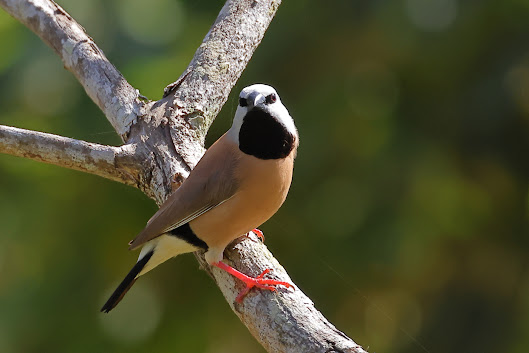
Thought the Australian Little Bitterns (Ixobrychus dubius) had flown off after the Jan-Feb floods perhaps never to be seen again. But here's a woeful picture to celebrate a return. Bird was distinctly visible from long way off yesterday, but there was little chance of sneaking up close. As things turned out, it fled back into the scleria when a nearby egret spooked it. But a hopeful sign coming as the lagoon shallows dry out. More sightings probable. Better pictures? Maybe.

Even when close to a bird in the clear, things don't always work out. Here's a Golden-headed Cisticola (Cisticola exilis) in 'clumsy' pose and, it must be said, an awful natural frame. Of course, it's ugly because it fails to meet a human's standard of beauty. The bird, happily, knows nothing of such things.

Same with this curiously coloured female Rufous Whistler (Pachycephala rufiventris). Twigs littered all over the place, including across the bird. No trouble. Clone some of them away. It's more an art form than a skill, cloning, they say. They're right. And I've always been hopeless at art! Would the cloning be obvious without my mentioning it?















































